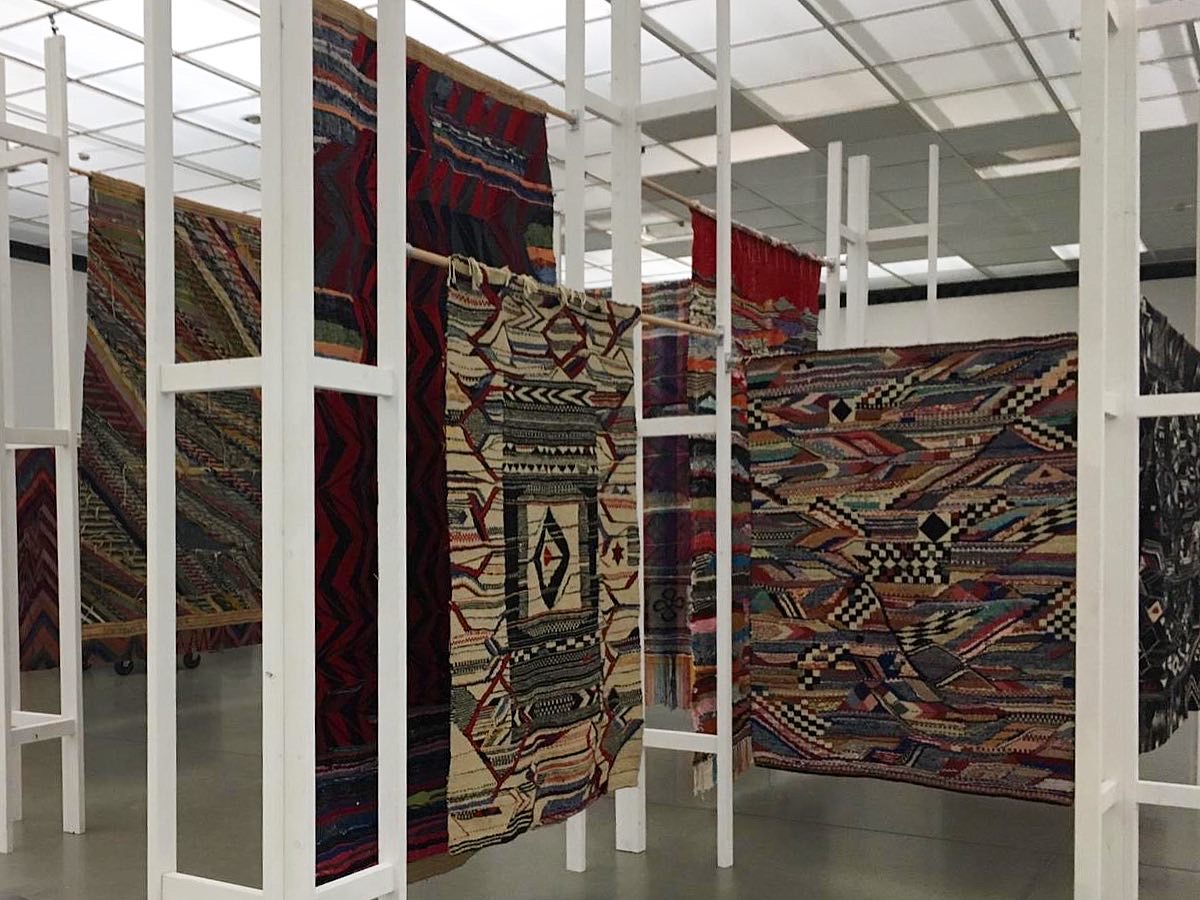Teresa Lanceta in Stuttgart – Actually, the Dead Are Not Dead: Una forma de ser
17/oct/2020 - 11/jul/2021

With Una forma de ser, Württembergischer Kunstverein continues its exhibition series Actually, the Dead Are Not Dead, which goes back to the Bergen Assembly 2019 of the same name.
The exhibition deals with the relationship between the feast and the political sphere. It examines the party as a social and collective platform for emancipation and self-determination, and explores the aesthetic and poetic forms that have developed since the nineteenth century, particularly in the context of the subcultures of the Roma, flamencos and bohemians. It combines visual arts, music and dance as well as advanced arts since the nineteenth century with cultural forms associated with folklore and popular art: Francisco de Goya with the multiple award-winning contemporary flamenco dancer Israel Galván; August Sander and his photographs of Cologne’s “Lumpenbälle” with the Spanish underground artist Ocaña; the modernist graphic artists Gerd Arntz and Helios Gómez with Ceija Stojka; nineteenth-century Andalusian bohemian culture with flamenco taught to new music.
The curators of the exhibition, Pedro G. Romero and María García have for decades been exploring the world of flamenco and the relationship between stereotyping, romanticizing, and the exclusion of European Roma. Yet they continue to point out the crucial role that Roma and other marginalized groups have played in the development of the avant-garde. Flamenco actually emerged in the mid-nineteenth century in the urban environment of the Roma, bohemians and the so-called ‘lumpenproletariat’ of the suburbs of Seville and other Andalusian cities: as a counter-movement to an emerging folklorism in Andalusia at the time.
More Information: Württembergischer Kunstverein








